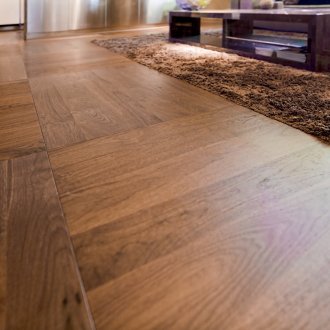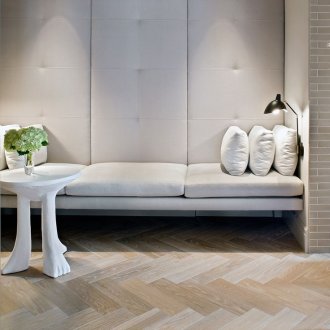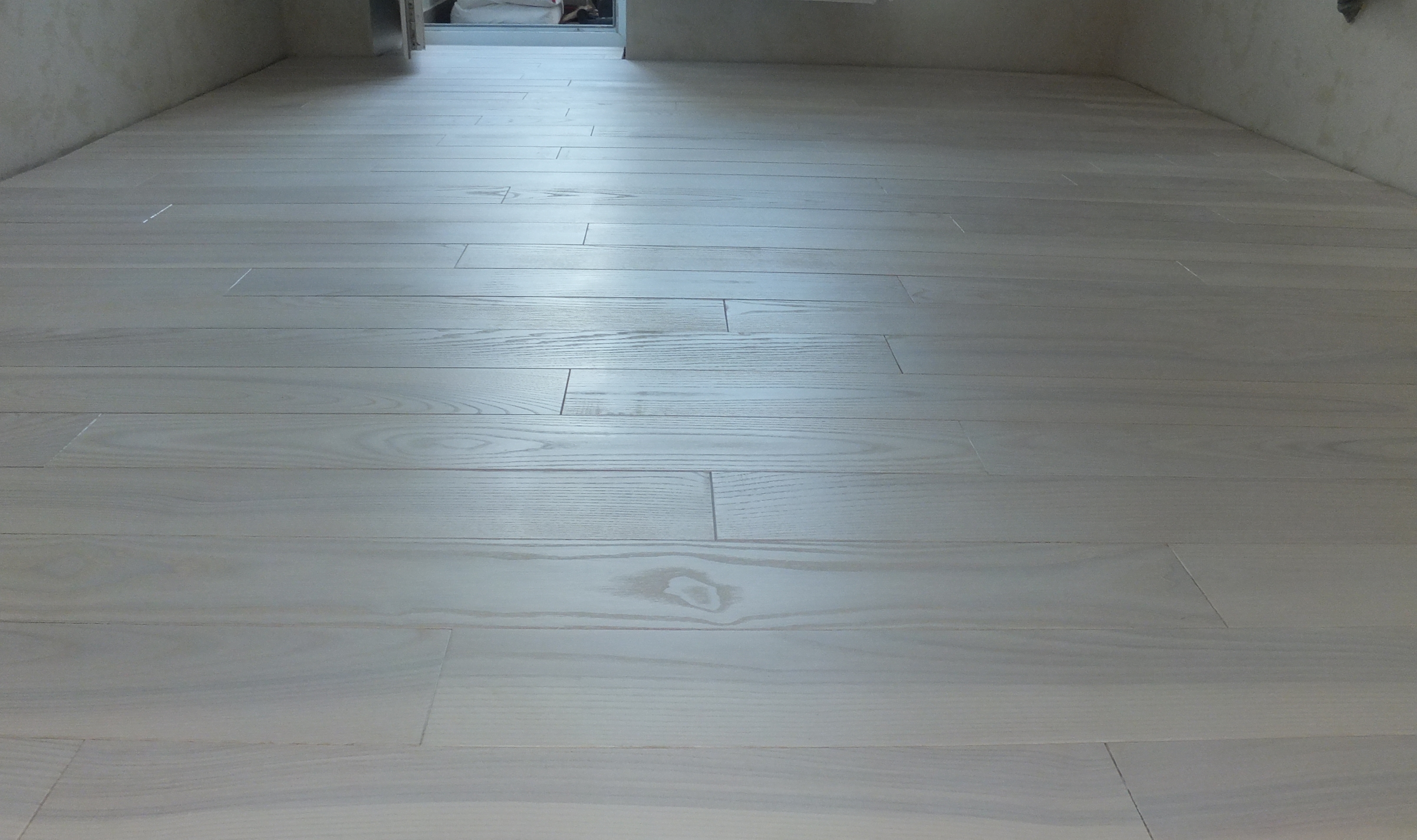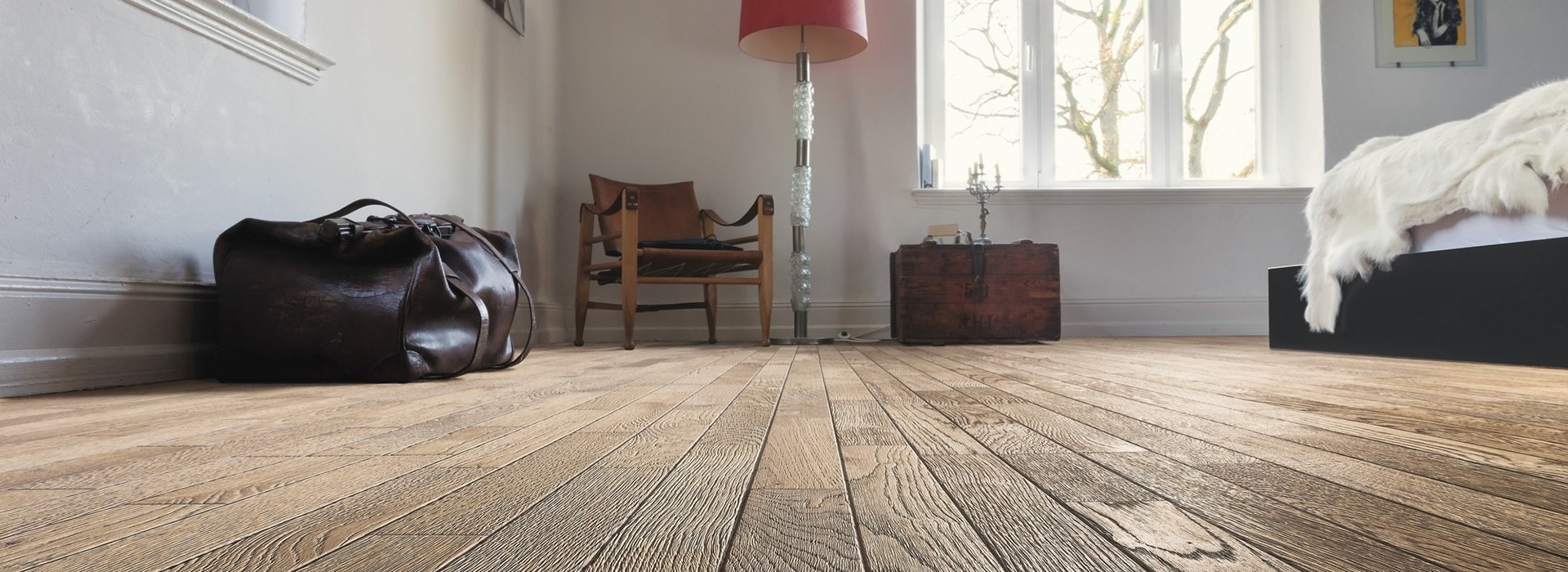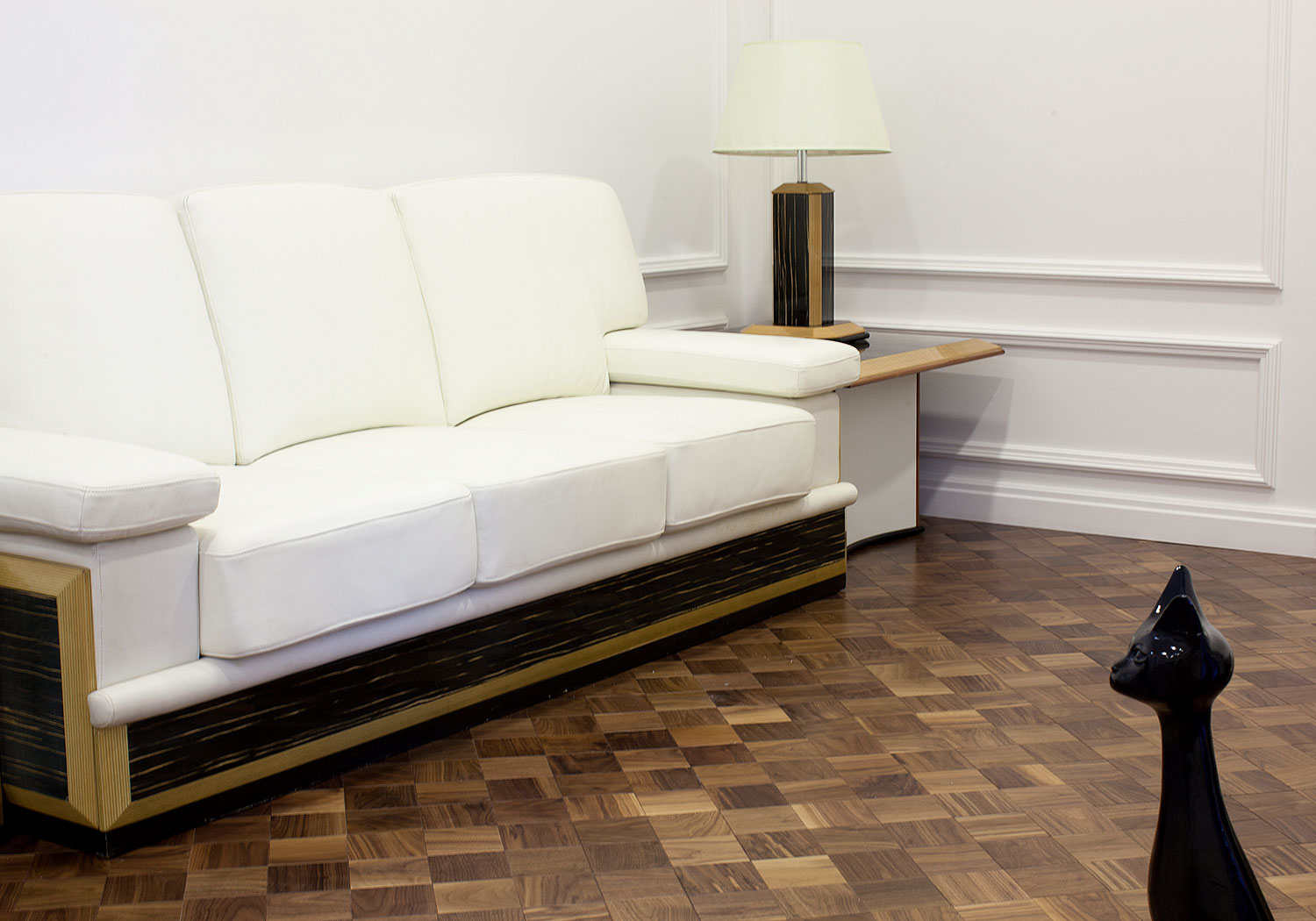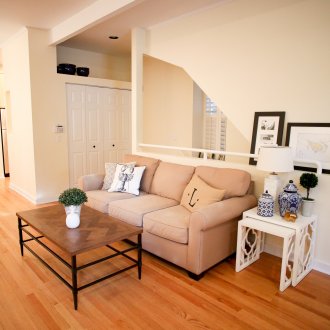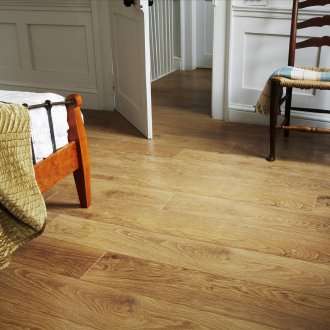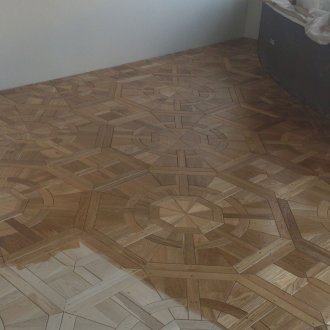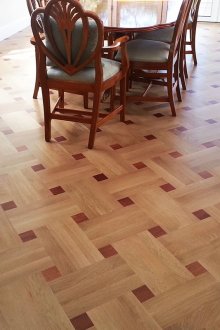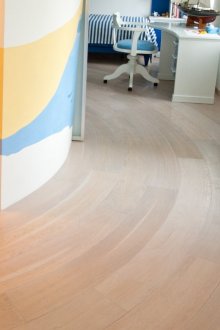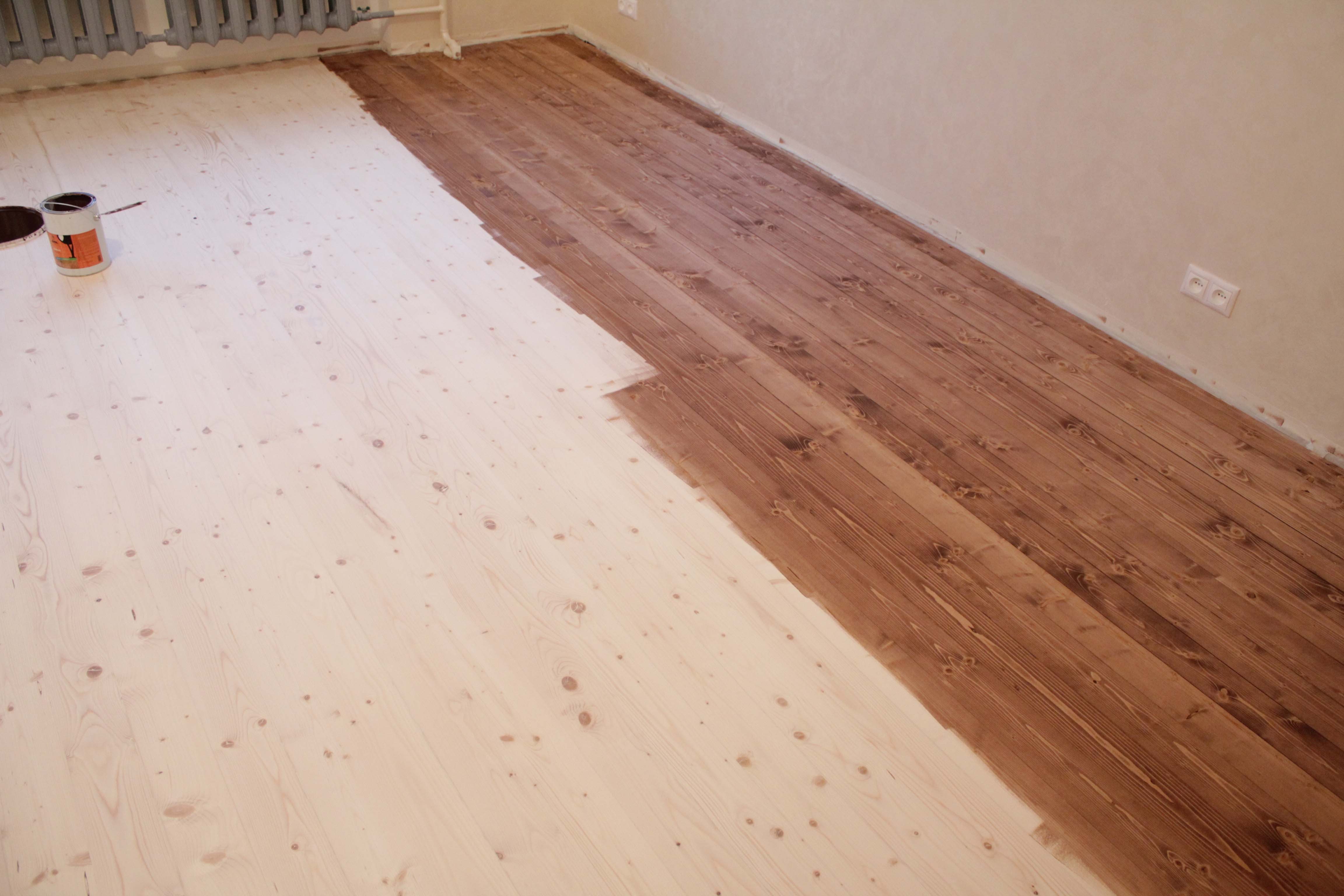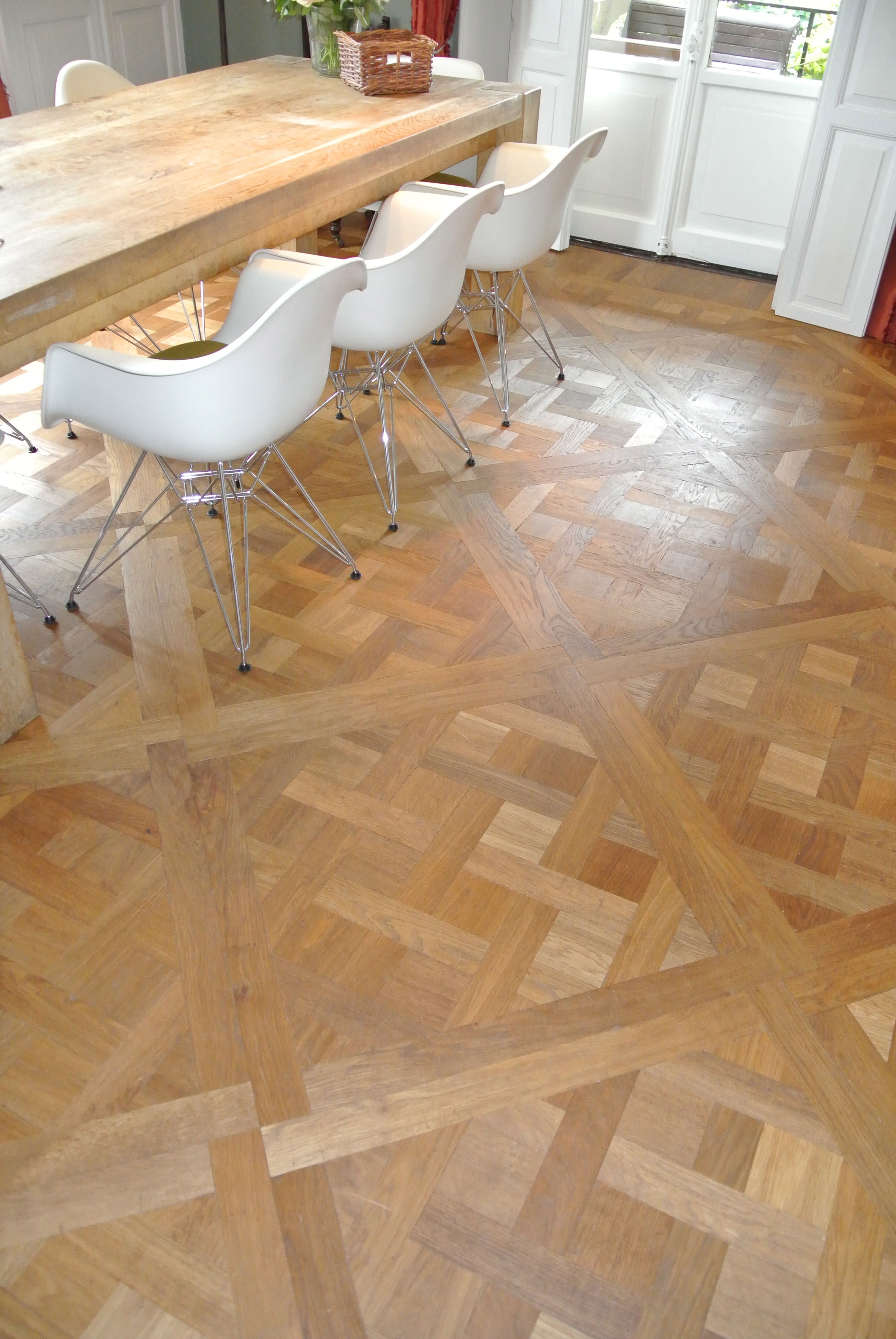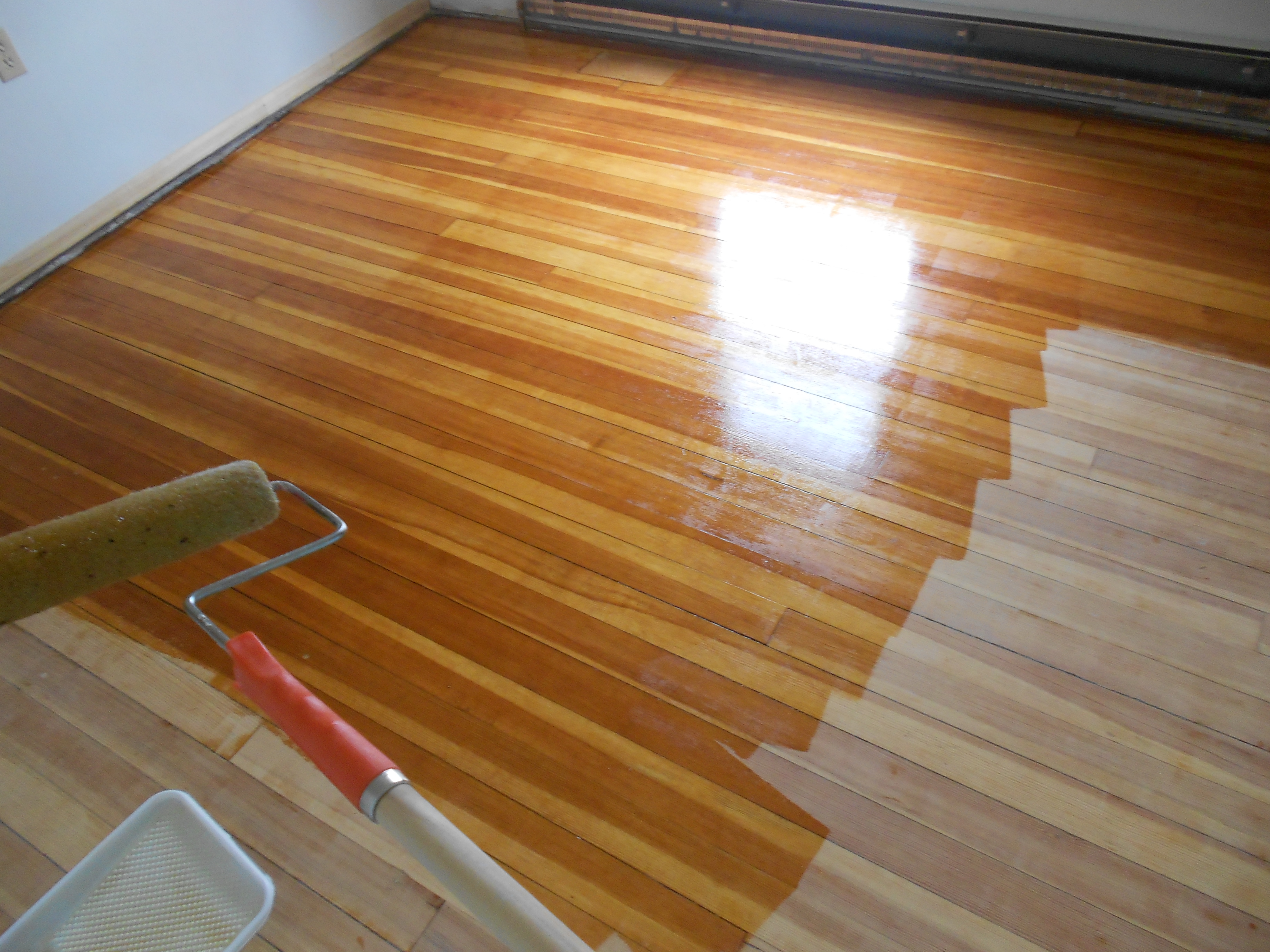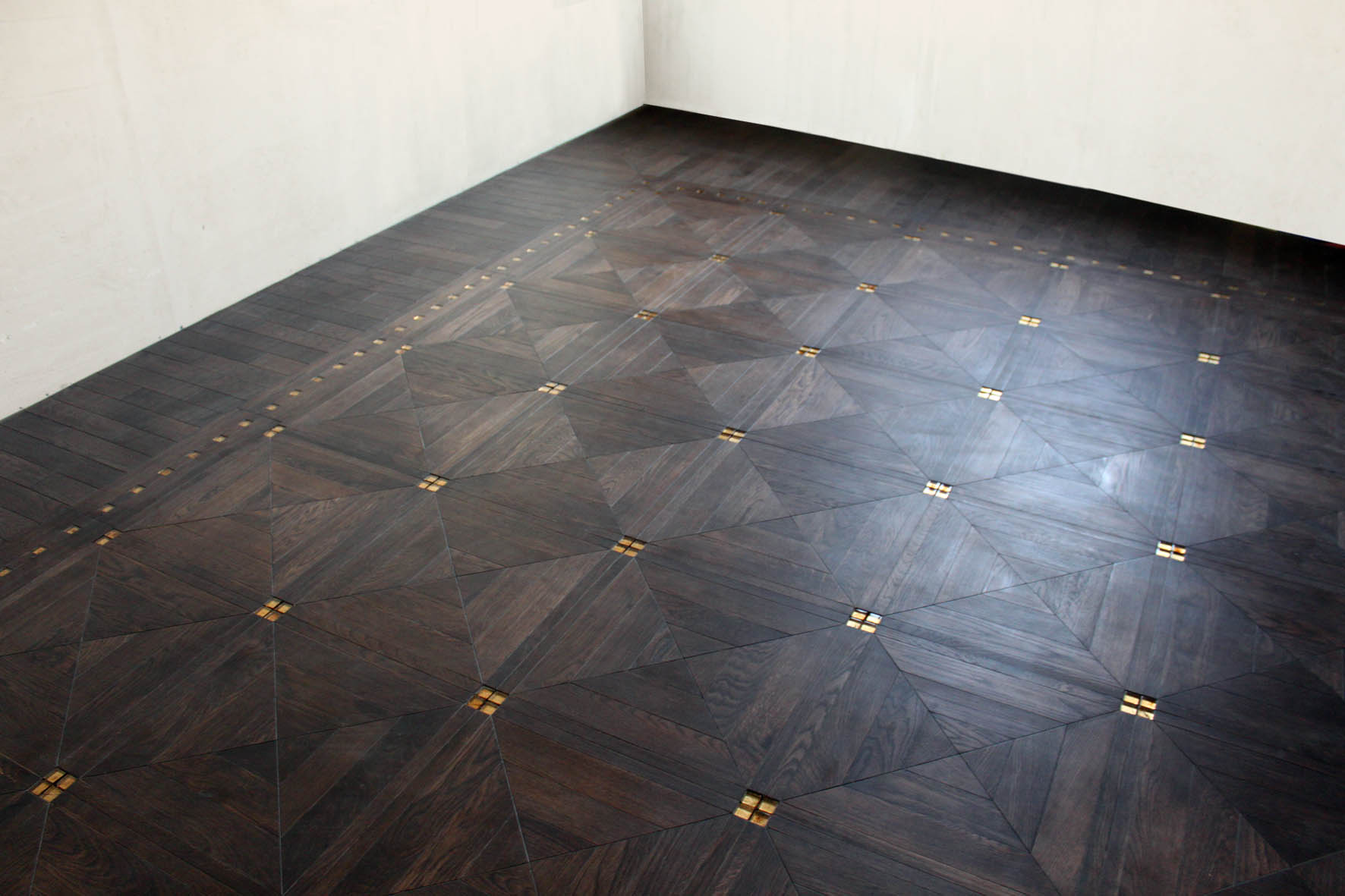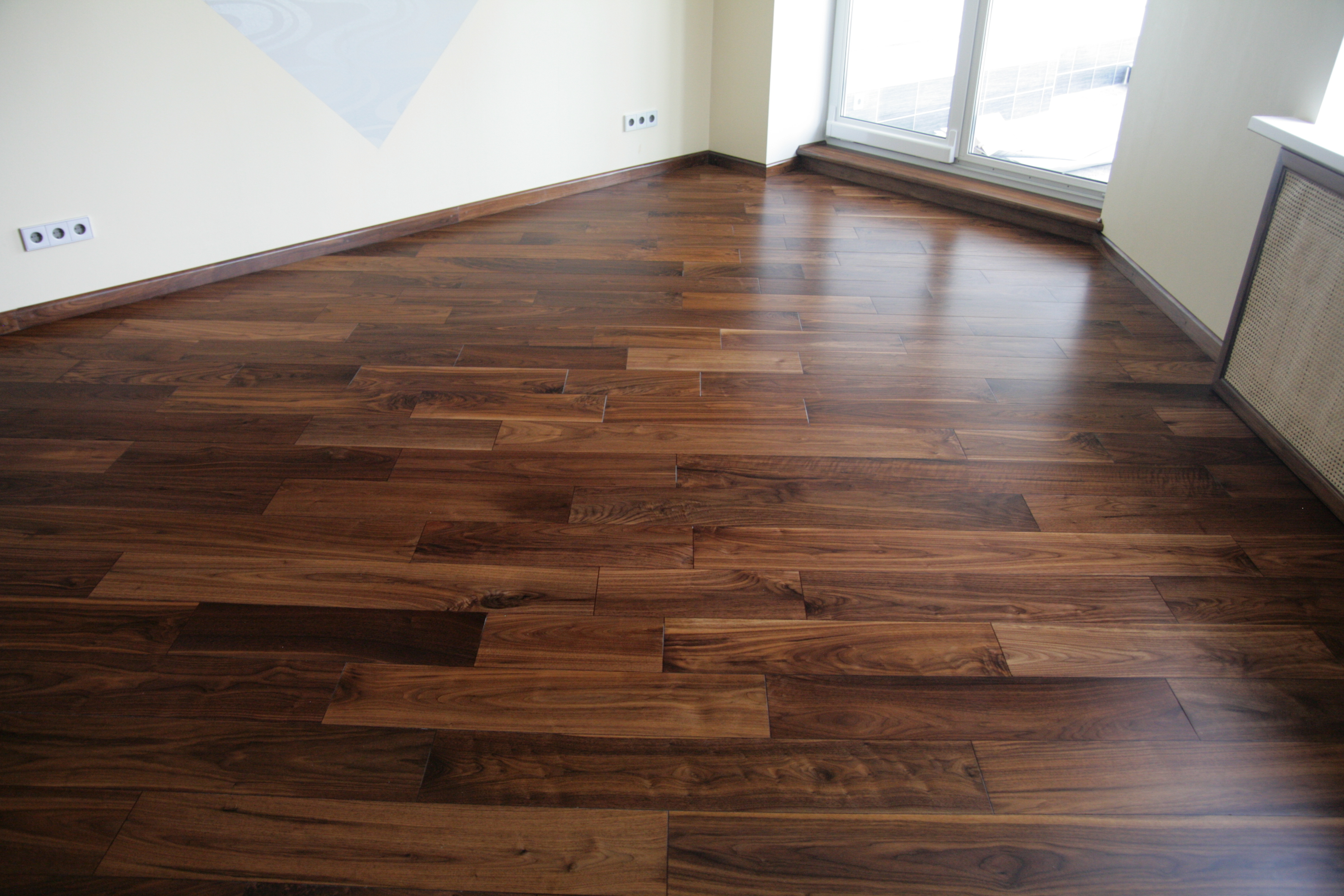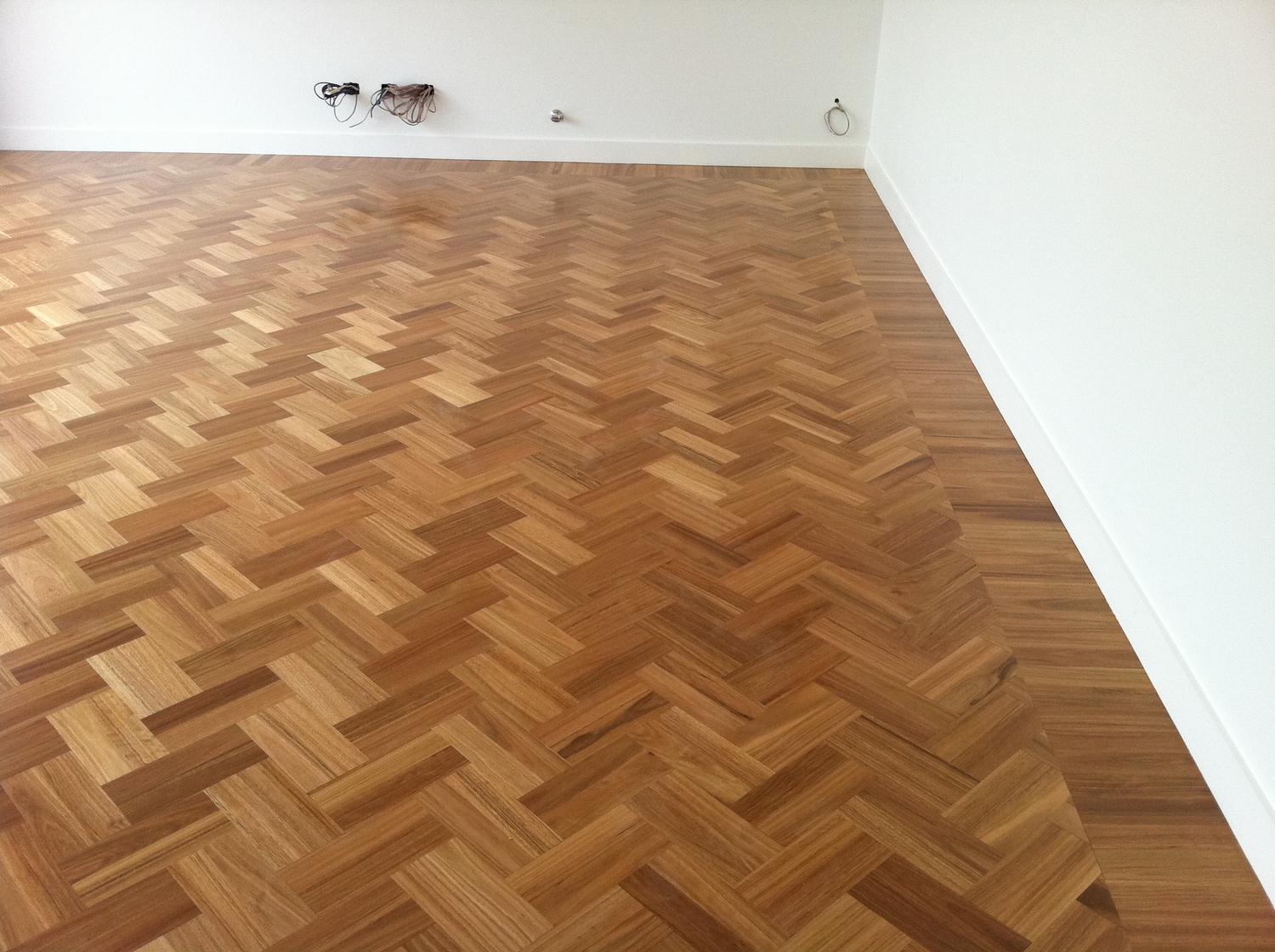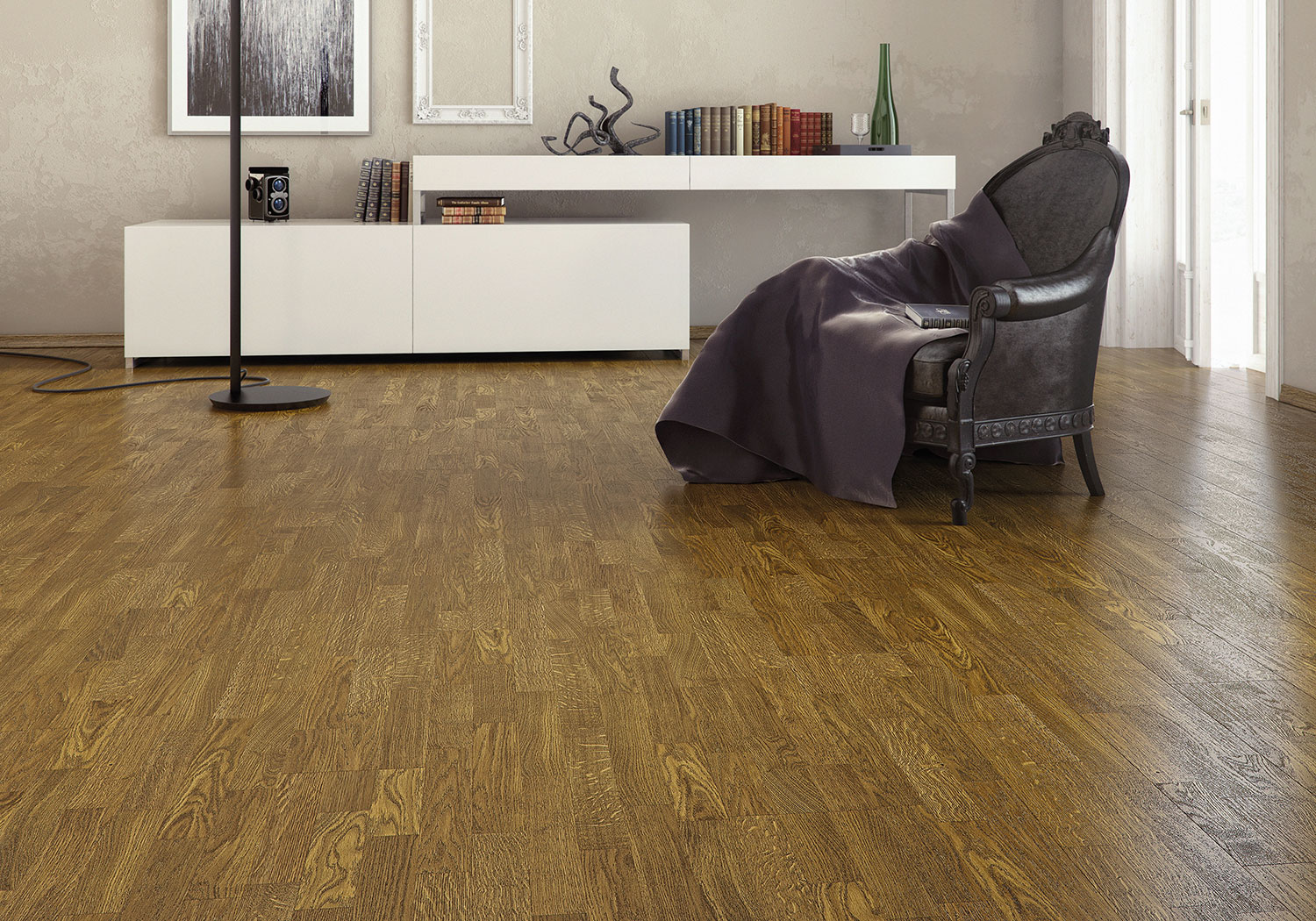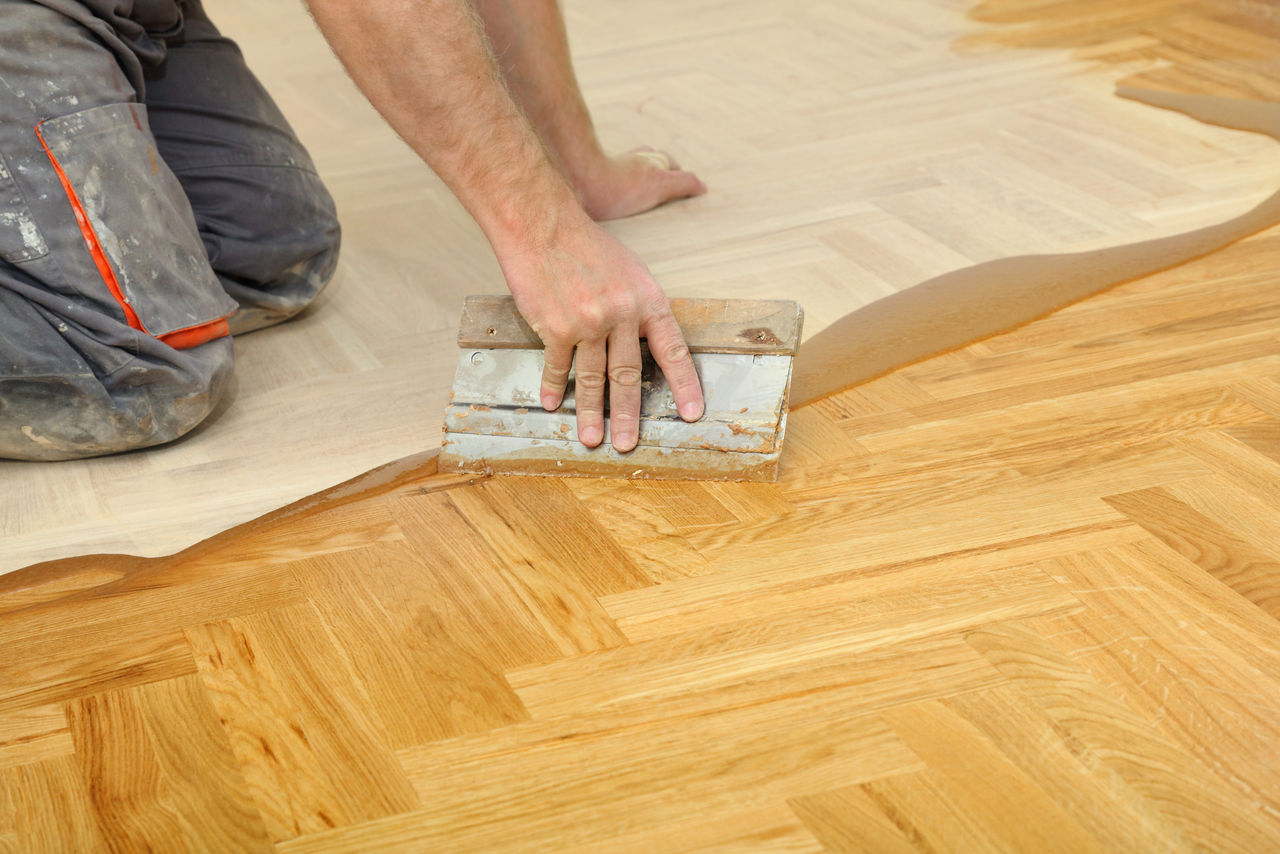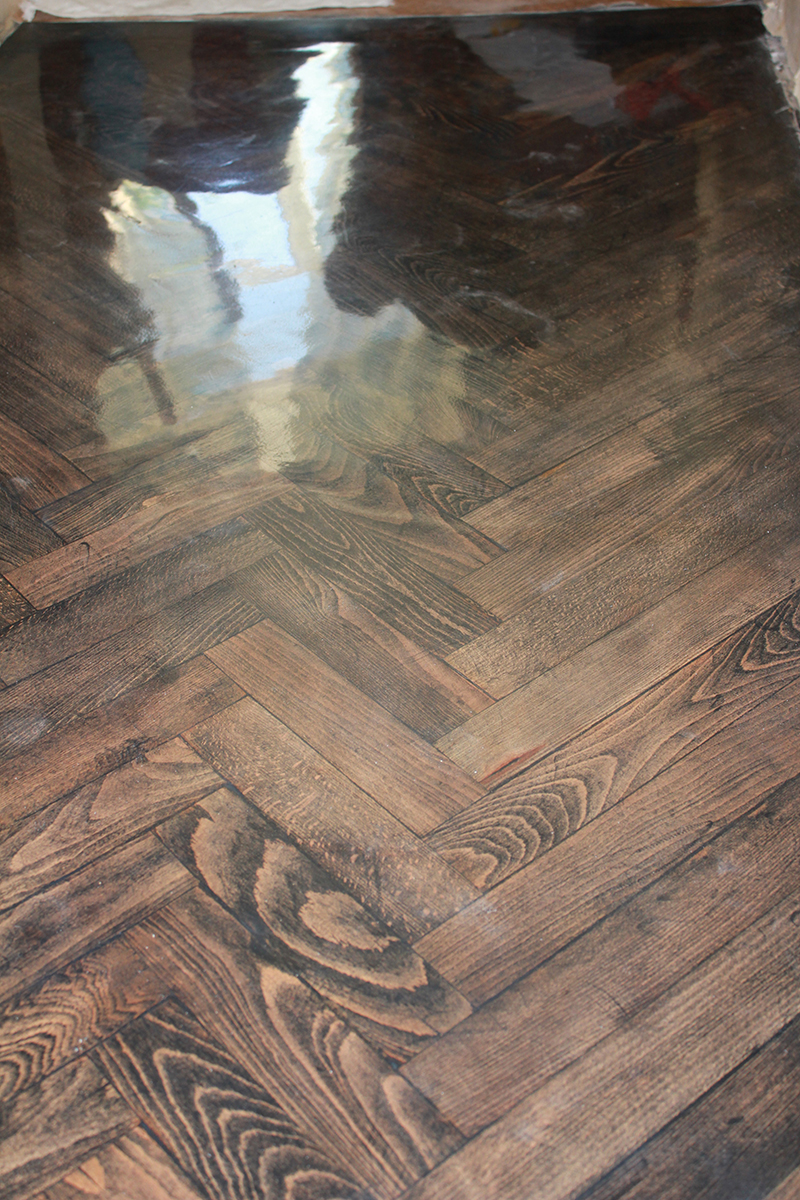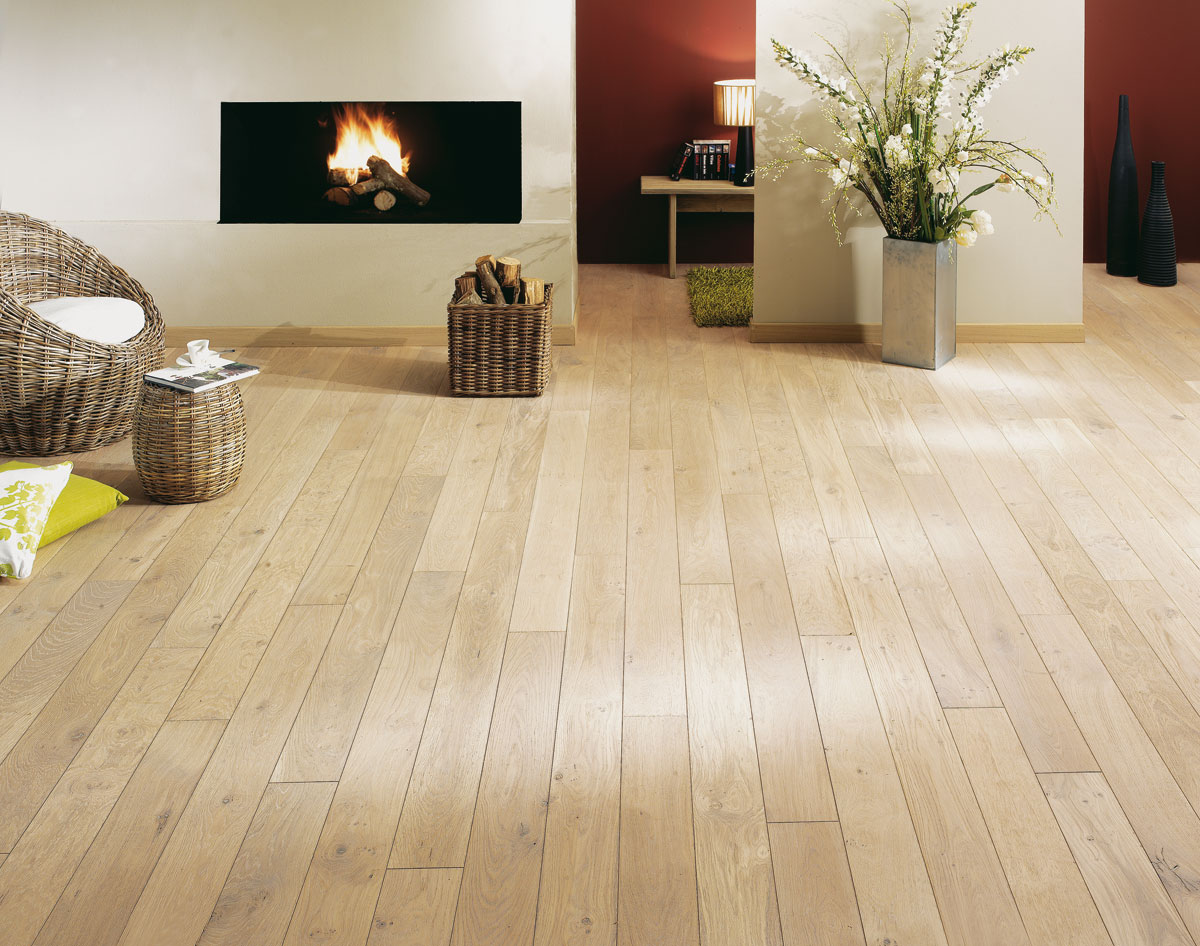Parquet tinting: key subtleties and nuances of working with flooring (23 photos)
Content
Wood as the main material for creating flooring has always been in incredible demand. The processing methods, technologies and concepts of creating the wooden flooring itself are changing, fashion trends alternate with lightning speed, but the tree always remains a classic of respectable and comfortable apartments.
The unique natural pattern, which has a floor covering of any type of wood, is universal and fits any type of interior. However, often there is a desire to change the tone, color or even texture of the floor covering. Today, there are many ways to change the color palette of your choice.
The relevance of wood tinting
Toning the floor - a change in tone or a radical change in the color of the canvas. Sometimes a tinting agent manages to imitate the decorative qualities of a completely different type of finish based on one type of material.
The popularity of this procedure is also due to the opportunity to save money.
For example, high-quality and inexpensive coniferous species by changing color and texture can be transformed into more expensive respectable types of wood. Pine boards are considered the most convenient in terms of transformations for creating more expensive interior solutions - coverings from bleached oak or exotic trees.
The tinted flooring of beech or more expensive tree species is also due to the features of modern apartments. Apartments and houses are equipped with plastic windows, false ceilings, and other ultra-modern structures. In this case, the natural texture of the tree is masked, creating a more urbanistic interior composition with a futuristic concept.
Scope of application
Tinting parquet with your own hands is a complicated matter, but it is quite feasible. Coloring, stains, azure and other tinting will come to the rescue. At the heart of these components are color pigments, which are able to modify the wood canvas in the way that a person wants.
In general, tinting parquet allows you to solve such problems:
- Refresh the appearance of the old wooden coating;
- Change the color or texture of the floor in order to create a harmonious environment (with cardinal changes in the interior);
- To mask the signs of "old age" or to eliminate unexpectedly appeared defects (scratches, cracks, chips, severe pollution);
- Improve the performance of the coating;
- Strengthen moisture resistance;
- To give the flooring increased antistatic properties.
Not only tinting the parquet with oil, but also with other popular means will allow you to create a vapor-tight ball, which also has antifungal qualities. The finish layer makes the flooring resistant to mechanical damage.
The main types of tinting
The hue will largely depend on the smoothness of the wood that will be processed. For example, a very rough floor with a large number of roughnesses is characterized by the ability to absorb pigments more intensively. This means that the final shade will turn out to be much more saturated and deep than a similar smooth canvas.
Parquet tinting is carried out using the following tinting agents:
- Transparent or glaze products. With their help, beautiful wood patterns and natural texture make it more clear and noticeable. This occurs by slightly changing the shade;
- Whitening components. Solutions lighten the wood, increasing its strength characteristics. This effect can be achieved using unique substances that are not related to oxygen compounds. Chlorine and similar products have long been abandoned;
- Solutions for staining. Means for tinting are used to radically change the color, to make the shade deeper and more saturated. The color palette has a special scope (from warm caramel and honey shades to intense tones of chocolate, wenge, mahogany).
So that the final result does not disappoint and does not spoil the parquet completely, it is important to consider the type and structure of wood, choose the right tinting agent. It is also important to observe all the necessary nuances when working with the material.
Secrets of specialists
Specialists use one trick that allows you to give the wood surface an extremely deep tone. The planks are abundantly moistened with water, and then dried. The villi rise and in this form are able to absorb a larger amount of pigment.
Types of compositions for tinting
The range of tools for changing the color of flooring from any type of wood is quite wide. The compositions can be divided into five global categories:
- Colored primers;
- Oil finish;
- Colored glaze;
- Tinting paste;
- Colored varnish for parquet.
Each product is unique in its own way and contains a few more subspecies of funds. Let's consider in more detail each option.
Colored primers for parquet board
Colored primers are usually presented in the form of oil. The base is soybean, sunflower or linseed oil. In order for the specific product to dry faster, the compositions are enriched with siccates and other purely technical components.
The most popular tinting:
- Wax formulations based on natural ingredients. Using decorative wax, tinting of beech or oak flooring is fast, increasing the already excellent characteristics of the flooring. The shade changes, the wood becomes stronger, more resistant to moisture, static, damage of various kinds. Wax does not seal the natural pores of the tree. This type of finish can be considered extremely natural and environmentally friendly. The tree retains its exclusive ability to form a special microclimate in the house;
- Stain - tinting compounds with a large number of components. At the heart of drying oil or sunflower oil. There are stains based on water, alcohol, substances similar to gasoline or polyester solvents. A huge advantage of such products is the presence of all possible “protectors” that will protect the wood from chemical and biological attacks. The shape of the stain can be in the form of a dry suspension, as concentrated solutions or mixtures, ready for use without prior preparation.
Primer compositions are characterized by various density values that determine the degree of convenience in working with the substance. The liquid solution is applied with a spray, other forms of the composition is better to apply with a brush or even a staple.
Colored oil finish
The traditional base is soybean, flax, sunflower or thistle oil. The composition is enriched with a wide range of various additives:
- Wax and paraffin particles;
- Desiccants;
- Polymers promoting rapid film formation;
- Polysiloxanes;
- Solvents.
It is possible to process wooden surfaces and cork. Specialists can create both a matte finish and shiny surfaces. Oil is able to penetrate extremely deep into the finishing material. To apply the finish oil use applicators with a special nozzle, rollers or brushes.
Colored glaze
Glaze consists of oil, desiccants, thickeners and antioxidants. They process hard and soft wood with this tool.
Using only one glaze is considered impractical, because glazed surfaces are extremely sensitive to all kinds of mechanical damage. It is better to combine glaze with oil formulations. Parquet tinting with varnish in combination with the top coat of glaze is not practiced. Unless we are talking about working with furniture and decoration, which is not subject to mechanical stress.
Glaze is applied by the principle of rubbing. Use a hard brush. Sometimes resort to the help of cattle brite or spatula.
Parquet varnish
To change the color of the parquet or any wooden surface, varnishes based on polyester or polymer are used. There are alternatives on olif. Solvent-based varnishes can bake wood.
Traditional shades - a honey palette and amber notes. In order to achieve a brighter extraordinary color, the composition is enriched with certain pigment particles. For example, ultra-strong white pigments are used for whitening.
Tinting pastes
In special cases, primers and oils do not cope with the tasks. The color is not as saturated as we would like, or the texture is not a reference. Pigment colors can fix the situation. The desired shade is selected with the help of “colors”, and the pigments themselves are added gradually, creating the desired tone with your own hands.
Whatever the final choice of tone and means for changing the color of a wooden surface, you need to purchase only those products whose quality is not in doubt. Too little knowledge or self-doubt is a serious reason to turn to professionals who will perform this work filigree. After all, the main goal in home improvement is not saving money, but a harmonious atmosphere and comfort.
